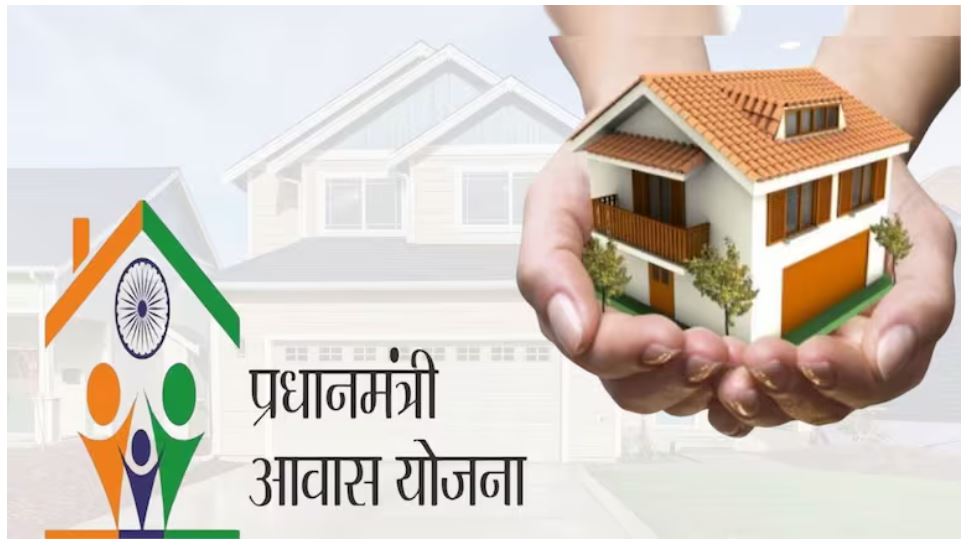PM Awas Yojana Online Registration 2025-26: A Comprehensive Guide to Housing for All
PM Awas Yojana Online Registration 2025-26: The Pradhan Mantri Awas Yojana (PMAY), launched in 2015 by Prime Minister Narendra Modi, is a transformative initiative aimed at achieving “Housing for All” by 2025. With the launch of its 2025-26 registration phase, the government has expanded its scope to include urban and rural beneficiaries, targeting the construction of over 3 crore affordable homes nationwide. This article provides a detailed overview of the scheme’s objectives, eligibility criteria, application process, and benefits, ensuring aspirants can navigate the registration process seamlessly.
Objectives of PM Awas Yojana 2025-26
- Affordable Housing: Provide pucca houses to economically weaker sections (EWS), low-income groups (LIG), and middle-income groups (MIG) in urban and rural areas.
- Financial Inclusion: Offer subsidized loans and direct financial assistance (up to ₹2.5 lakh for urban areas and ₹1.2–1.3 lakh for rural areas) to reduce the burden on beneficiaries.
- Women Empowerment: Prioritize joint ownership or sole ownership of houses in the name of women to promote gender equality.
- Improved Living Standards: Ensure access to basic amenities like toilets, clean water, electricity, and LPG connections in newly constructed homes.
Eligibility Criteria
Urban Beneficiaries
- Income Categories:
- EWS: Annual income ≤ ₹3 lakh.
- LIG: ₹3–6 lakh.
- MIG-I: ₹6–12 lakh.
- MIG-II: ₹12–18 lakh.
- Property Ownership: Applicants must not own a pucca house anywhere in India.
- Exceptions: Existing kutcha houses or homes smaller than 21 sqm can be renovated under the scheme.
Rural Beneficiaries (PMAY-Gramin)
- Priority Groups: Families identified through the Socio-Economic Caste Census (SECC) 2011, including homeless households, those living in one-room kutcha houses, and marginalized communities (SC/ST, minorities, widows).
- Exclusions: Families with members in government jobs, income tax payers, or owning four-wheelers/tractors.
Required Documents
- Common Documents:
- Aadhaar card (linked to bank account and mobile number).
- Income certificate (issued by competent authority).
- Address proof (electricity bill, ration card).
- Bank account details (for subsidy transfer).
- Affidavit declaring no ownership of pucca house.
- Additional for Rural Applicants:
- Job card (linked to MGNREGA).
- Swachh Bharat Mission (SBM) number for toilet construction.
- Urban Subsidy Claims:
- Property valuation certificate, construction plan, and NOC from local authorities.
Step-by-Step Online Registration Process
- Visit the Official Portal:
- Urban: pmaymis.gov.in
- Rural: pmayg.nic.in
- Select Application Category:
- Urban: Choose between “Slum Dwellers” or “Benefits Under 3 Components” (EWS/LIG/MIG).
- Rural: Use the AwaasPlus 2024 mobile app for Aadhaar-based registration.
- Aadhaar Verification:
- Enter Aadhaar number and complete biometric authentication (for rural applicants).
- Fill Application Form:
- Provide personal details (name, DOB, gender), income, family members’ information, and upload scanned documents.
- Submit and Track Status:
- Save the Assessment ID for future tracking. Use the “Citizen Assessment” tab to check approval status.
Offline Registration:
- Visit Common Service Centers (CSCs) or partner banks (e.g., SBI, HDFC) with documents and a nominal fee of ₹25.
Financial Assistance and Subsidies
| Category | Subsidy Rate | Loan Amount | Urban Assistance | Rural Assistance |
|---|---|---|---|---|
| EWS/LIG | 6.5% | Up to ₹6 lakh | ₹2.5 lakh | ₹1.2–1.3 lakh |
| MIG-I | 4% | ₹9 lakh | – | – |
| MIG-II | 3% | ₹12 lakh | – | – |
Note: Rural beneficiaries receive additional funds for toilets (₹12,000) and LPG connections.
Challenges and Solutions
- Digital Literacy: Rural applicants often struggle with online processes. The AwaasPlus app simplifies this with vernacular support and face authentication.
- Documentation Delays: Field verification by officials ensures transparency but can slow approvals. Applicants are advised to double-check documents beforehand.
- Awareness Gaps: Gram Sabhas and CSC centers conduct workshops to educate beneficiaries about eligibility and deadlines.
The PM Awas Yojana 2025-26 is a cornerstone of India’s social welfare architecture, bridging the urban-rural divide in housing access. With extended deadlines (January 26, 2025) 8 and streamlined processes, the scheme promises to uplift millions from inadequate living conditions. Prospective applicants must act swiftly to leverage this opportunity, ensuring they meet eligibility criteria and submit error-free applications. As the nation strides toward “Housing for All,” PMAY stands as a testament to inclusive growth and equitable development.

